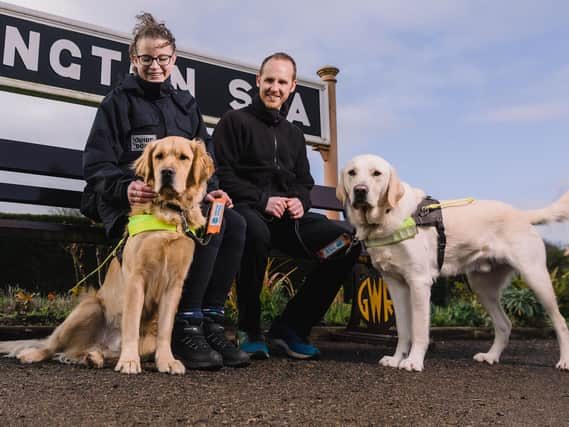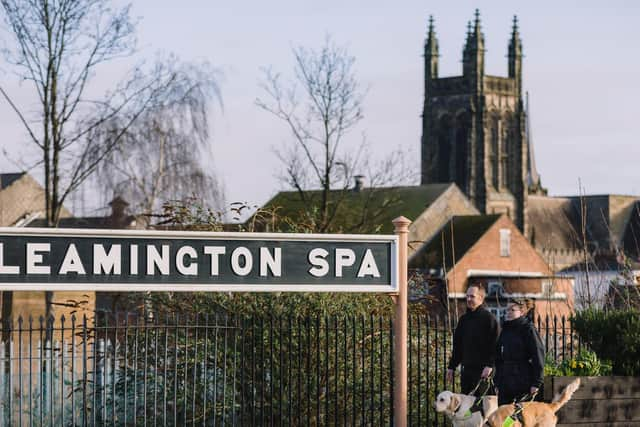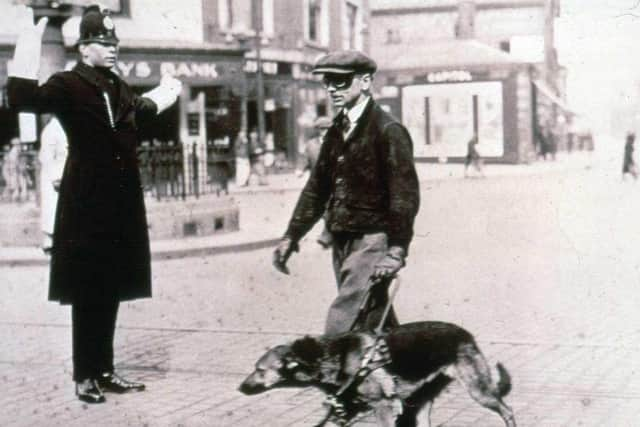How Leamington played - and still plays - a vital role in training guide dogs across the UK


One of Britain's most beloved sight loss charities is paying tribute to Leamington for playing a vital role in the creation of its iconic guide dog service as it celebrates its 90th anniversary.
The Guide Dogs charity chose the town as the perfect location in which to open its first permanent home in 1940 after its temporary training centre in Wallasey, Cheshire, which was known as 'The Cliff' was requisitioned in the Second World War.
Advertisement
Hide AdAdvertisement
Hide AdThen, on July 27 1940, The Guide Dogs for the Blind Association opened Edmondscote Manor in Warwick New Road and it received its first blind students in 1941.


Since then, Leamington and Edmondscote Manor, now known as the Guide Dogs Midlands Regional Centre, have remained essential training locations for guide dogs.
Graham Kensett, head of canine assisted services for Guide Dogs Midlands and East, said: “Without Edmondscote Manor and the town of Leamington, Guide Dogs would not be the organisation it is today.
“Establishing our first permanent training centre in Leamington was a key turning point in our history, allowing us to develop our guide dog service and grow as an organisation, which today provides a range of services to people with sight loss.
Advertisement
Hide AdAdvertisement
Hide Ad“We now have over 100 staff members based in Leamington Spa and around 200 potential guide dogs are trained on the streets of the town each year.


“Just as when the centre was purchased, Leamington and the surrounding areas still offer fantastic training environments for our dogs, with a good mix of urban and rural spaces.”
When the Covid-19 pandemic hit, around 70 trainee guide dogs in Leamington had to take a break from their training.
Dogs were boarded full-time with local volunteers and guide dog training stopped for three months.
Advertisement
Hide AdAdvertisement
Hide AdGraham added: “We are so grateful to all the local volunteers who’ve supported us during the COVID-19 pandemic and over the decades.
“Every day, 250 more people join the two million in the UK already living with sight loss, and our services remain highly in demand.
“We look forward to delivering our life-changing services from Leamington and across the country during the next 90 years and beyond.”
A guide dog begins its formal training at around 12 to 14 months old.
Advertisement
Hide AdAdvertisement
Hide AdIn normal circumstances, most dogs qualify as working guide dogs by the age of two.
To find out how you can support the Guide Dogs 90 Appeal this October, visit https://www.guidedogs.org.uk/guide-dogs-appeal/